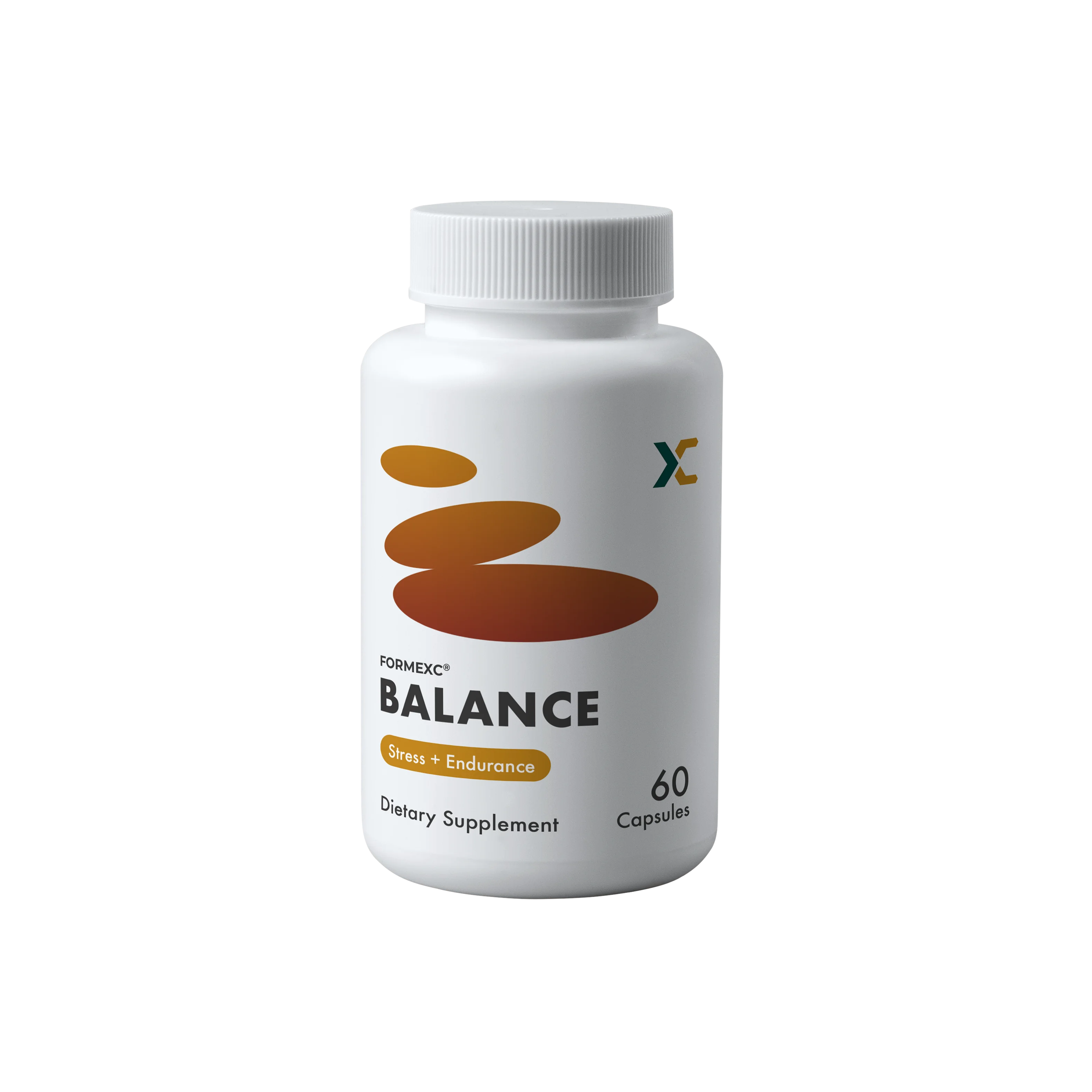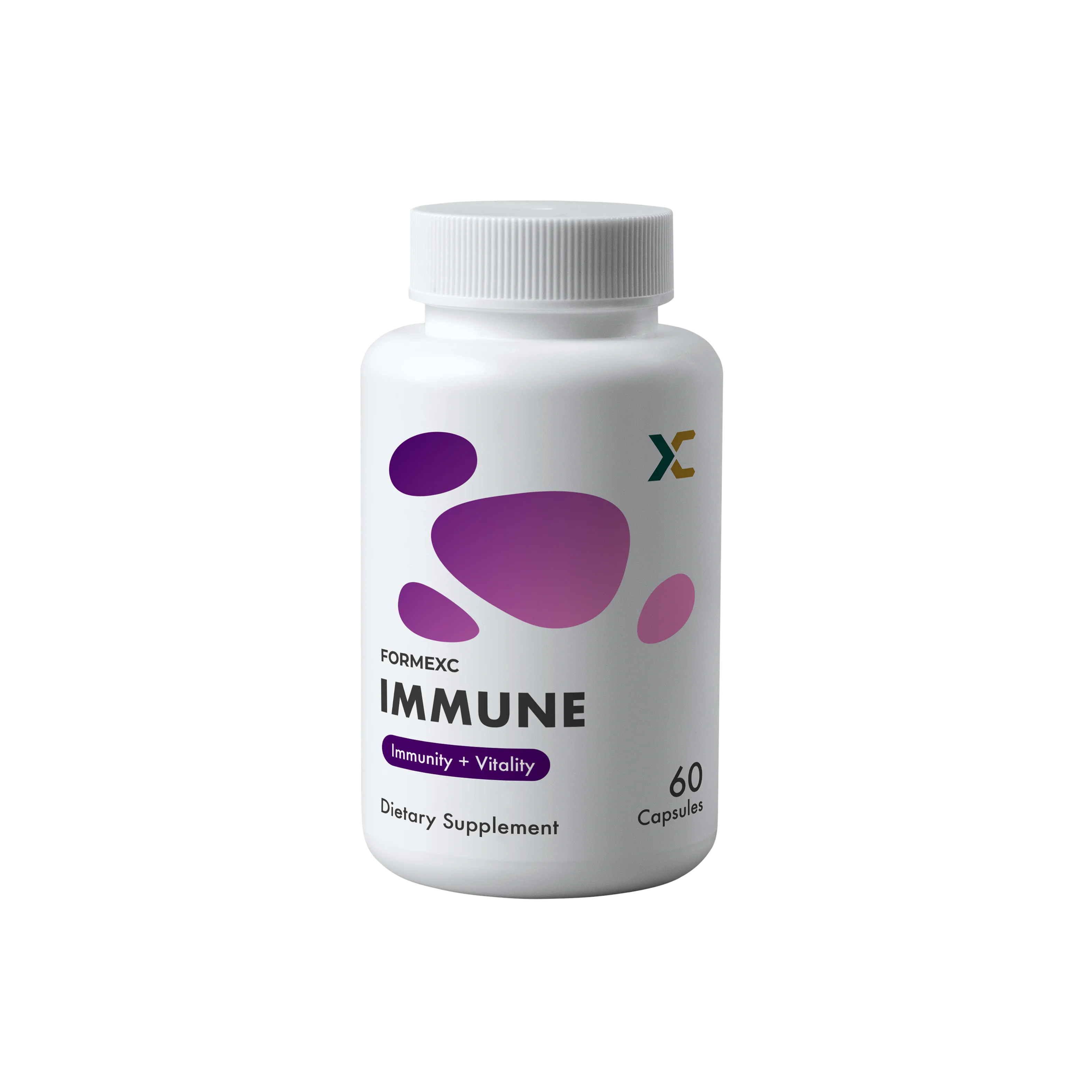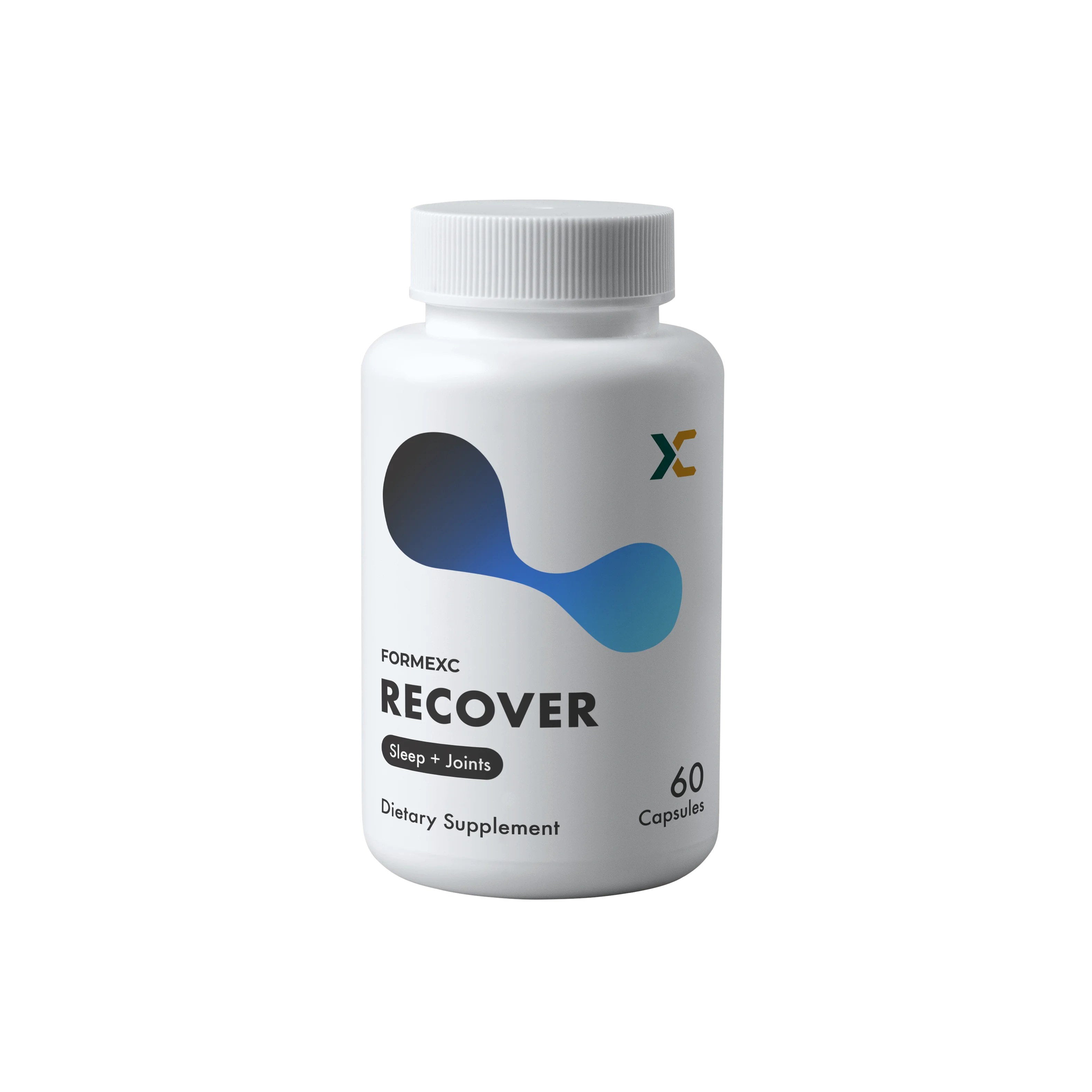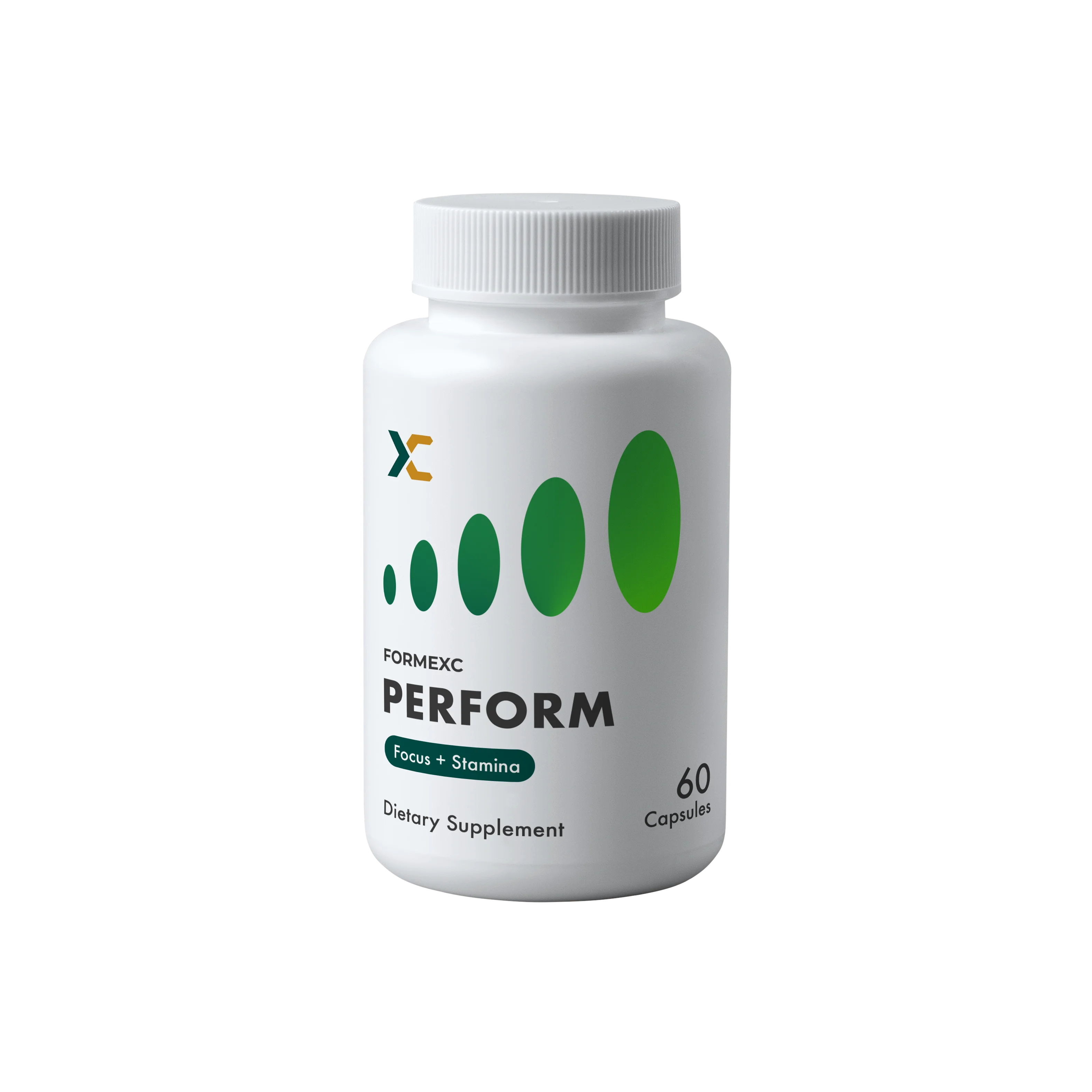Fatigue is a natural and multifaceted phenomenon that occurs during exercise, varying significantly depending on the intensity and duration of physical activity. This blog explores the distinct causes and mechanisms of fatigue during high-intensity exercise compared to prolonged exercise, shedding light on how energy systems, metabolic pathways, and physiological responses contribute to these experiences.
Fatigue in High-Intensity Exercise
High-intensity exercise, such as sprinting or heavy resistance training, demands an immediate and rapid energy supply. However, the body’s energy reserves and systems have their limitations, leading to inevitable fatigue.
1. The Role of ATP Resynthesis
Adenosine triphosphate (ATP) is the primary energy currency for muscle contractions. Unfortunately, the body’s stored ATP lasts only about two seconds during maximal exertion. To sustain activity, ATP must be continuously regenerated, which primarily occurs through:
- Phosphocreatine (PCr) Hydrolysis: This is the fastest way to resynthesise ATP but is short-lived, lasting only a few seconds.
- Anaerobic Glycolysis: Although slower than PCr breakdown, glycolysis can maintain ATP resynthesis for up to a minute during high-intensity efforts. It peaks at around five seconds after exercise onset.
2. Key Mechanisms Contributing to Fatigue
- PCr Depletion: Rapid PCr breakdown buffers ADP buildup but cannot sustain energy for extended high-intensity activity. As PCr levels drop, ATP regeneration slows.
- Metabolic By-products: The accumulation of hydrogen ions (H⁺) and lactate during anaerobic glycolysis is often associated with reduced muscle performance. While the exact mechanisms remain debated, increased H⁺ concentration can inhibit enzymes like phosphofructokinase (PFK), reducing glycolytic efficiency.
- Inorganic Phosphate (Pi) Accumulation: Pi directly interferes with muscle contraction by impairing calcium (Ca²⁺) handling in the sarcoplasmic reticulum (SR), leading to reduced muscle force production.
- Calcium Dysregulation: Fatigue is also linked to impaired calcium release and reuptake in the SR, disrupting excitation-contraction coupling necessary for muscle contractions.
- Nervous System Limitations: Reflex inhibition and interstitial potassium accumulation may reduce neural drive, contributing to performance decline.
3. Recovery Between High-Intensity Bouts
Repeated maximal efforts see reduced PCr hydrolysis and lactate accumulation due to incomplete recovery. However, the mechanisms behind these declines are still unclear and may involve adaptive metabolic changes.
Fatigue in Prolonged Exercise
Prolonged exercise, such as marathon running or cycling, differs from high-intensity activity in that energy demands are lower but sustained over extended periods. Fatigue here arises from the gradual depletion of energy stores and systemic physiological changes.
1. Energy Sources and ATP Resynthesis
Unlike high-intensity exercise, prolonged activity relies on aerobic metabolism. Key energy contributors include:
- Carbohydrates (Muscle Glycogen and Blood Glucose): These dominate energy production during the initial stages of prolonged exercise.
- Fats (Free Fatty Acids - FAs): Fat oxidation becomes increasingly important as glycogen stores deplete, particularly during extended activity.
- Liver Gluconeogenesis: The liver maintains blood glucose levels by converting glycerol, alanine, and lactate into glucose when glycogen levels drop.
2. Factors Driving Fatigue
- Glycogen Depletion: Muscle glycogen stores can sustain activity for about 80 minutes at marathon pace. Once depleted, ATP production declines, as fat oxidation alone cannot meet energy demands for moderate-to-high intensities.
- Hypoglycaemia: Low blood glucose levels reduce energy availability for both the brain and muscles, causing central fatigue characterised by reduced motor drive and dizziness.
- Lipid Mobilisation Limitations: The rate at which fatty acids are mobilised, transported into mitochondria, and oxidised limits the body’s ability to rely solely on fat for energy.
- Hyperthermia: Exercise-induced increases in core, skin, and muscle temperatures contribute to central fatigue by triggering inhibitory signals from thermoreceptors.
- Hormonal Responses: In a glycogen-depleted state, stress hormones like adrenaline, noradrenaline, and cortisol rise significantly, increasing reliance on fat oxidation but also accelerating fatigue.
3. Role of Nutrition in Prolonged Exercise
Carbohydrate ingestion during prolonged exercise helps delay fatigue by:
- Reducing the rate of liver glycogen depletion.
- Sustaining blood glucose levels.
- Maintaining carbohydrate oxidation rates, thereby sparing fat mobilisation.
Comparing High-Intensity and Prolonged Exercise Fatigue
|
Aspect |
High-Intensity Exercise |
Prolonged Exercise |
|
Primary Energy System |
Anaerobic (PCr and Glycolysis) |
Aerobic (Carbohydrate and Fat Oxidation) |
|
Duration of Energy Supply |
Seconds to a few minutes |
30 to 180+ minutes |
|
Key Fatigue Mechanisms |
PCr depletion, Pi accumulation, H⁺ and lactate buildup |
Glycogen depletion, hypoglycemia, hyperthermia |
|
Central Fatigue |
Minimal, but neural inhibition may occur |
Significant, due to hypoglycemia and thermal stress |
|
Nutritional Impact |
Less significant |
Critical for delaying fatigue (e.g., carbohydrate intake) |
Fatigue is an intricate physiological process, whether it occurs during high-intensity sprints or hours-long endurance efforts. For high-intensity exercise, the rapid depletion of anaerobic energy stores and metabolite buildup are primary culprits. In contrast, prolonged exercise fatigue stems from glycogen depletion, hypoglycaemia, and systemic factors like hyperthermia and hormonal changes. Understanding these mechanisms not only highlights the importance of training and recovery strategies but also underscores the role of targeted nutrition in optimising performance and delaying fatigue.
Formexc PERFORM is formulated with natural ingredients that work in synergy to help improve ATP production, VO2 Max, endurance and reaction time. Click here to read more about this product and its benefits. Use the code "NEW10" to get 10% off your first order.
Did you find this article useful? Share it with a friend and spread the love for healthy living.
Your success fuels our motivation.
Love,
Team Formexc 💚💛







